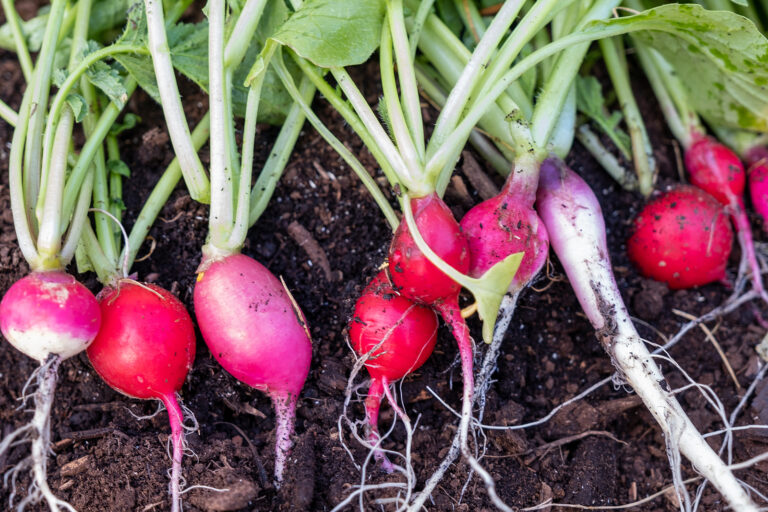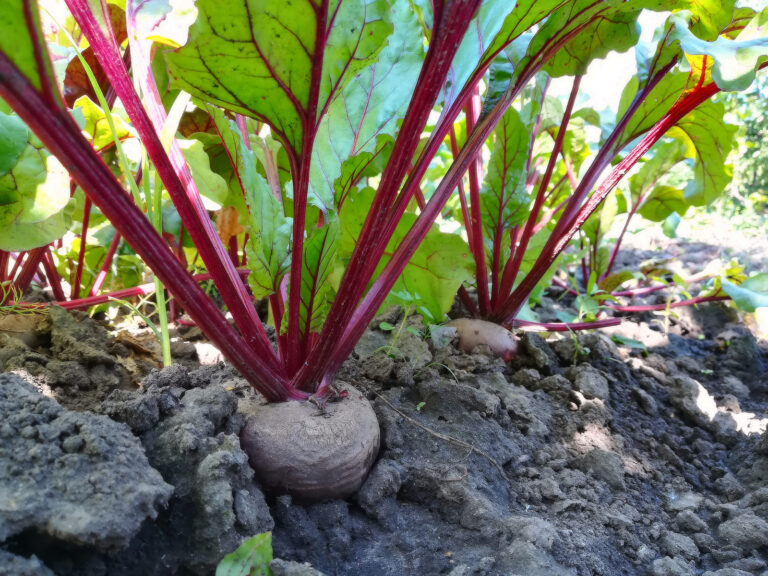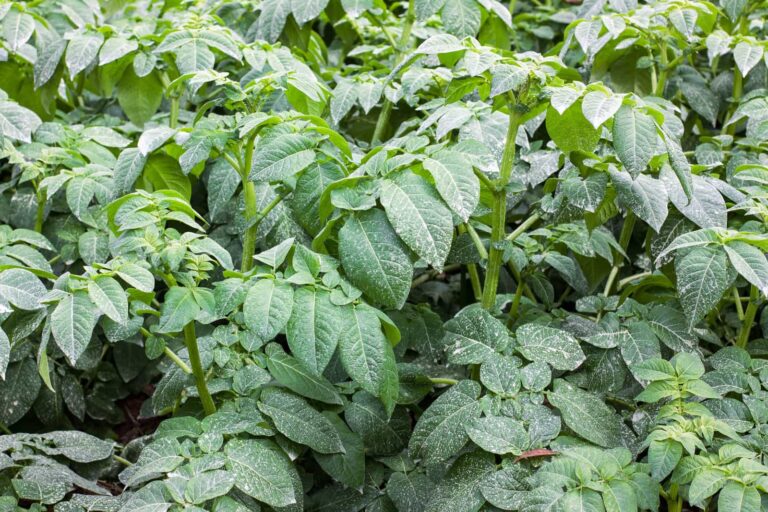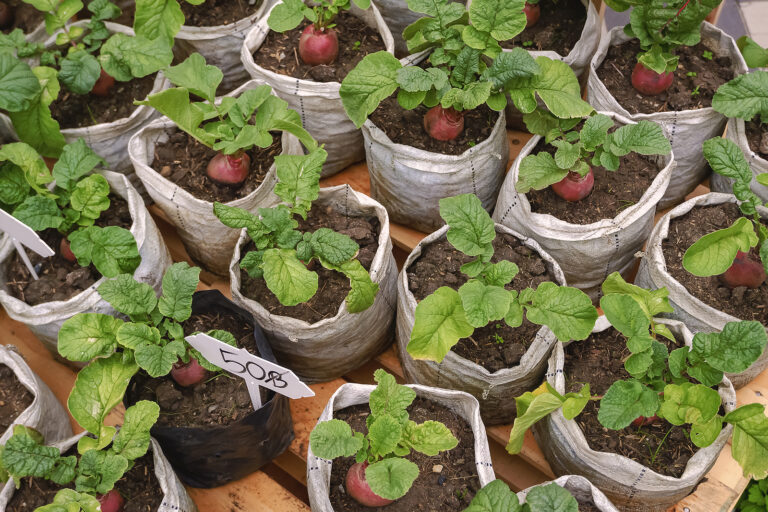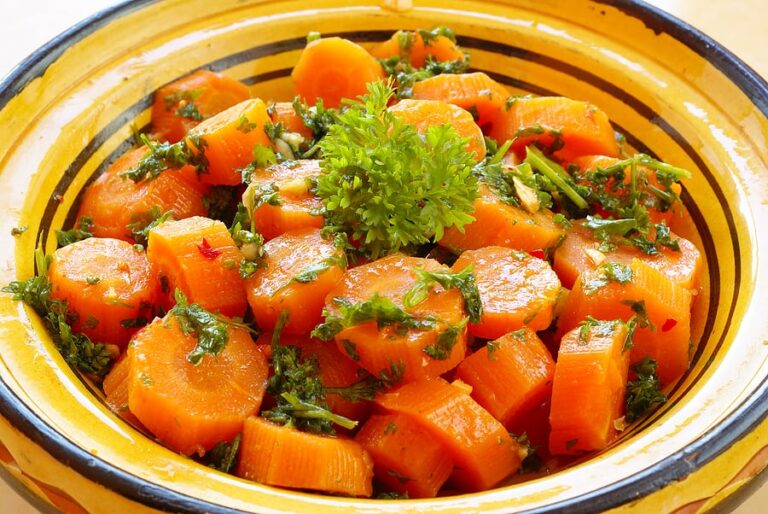Guide to Fingerling Potatoes: Growing, Cooking, and Varieties
Fingerling potatoes are small, elongated tubers prized for their rich flavor, firm texture, and versatility in the kitchen. They’re perfect for roasting, boiling, and salads, and their unique shapes make them an attractive addition to your garden. After decades of growing potatoes in Sonoma Valley, I’ve perfected techniques for cultivating fingerlings successfully, maximizing flavor, and choosing the best varieties for different culinary uses.
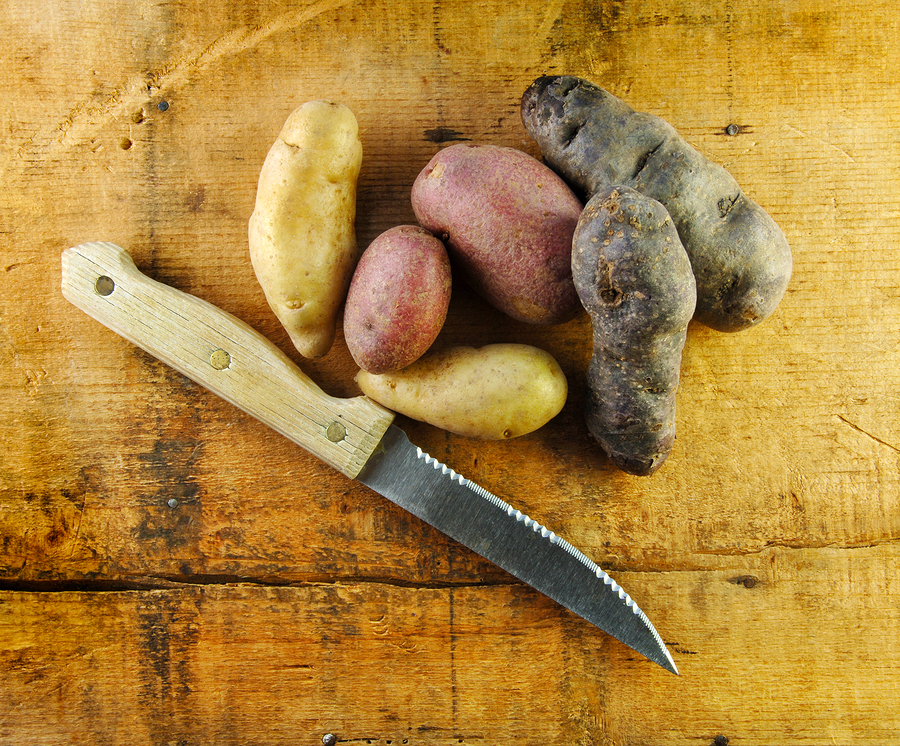
1. Popular Fingerling Varieties
- French Fingerling: Red skin with yellow flesh; sweet, nutty flavor.
- Russian Banana: Yellow skin and flesh; buttery taste, excellent for roasting.
- Purple Peruvian: Striking purple skin and flesh; adds color to dishes.
- La Ratte: Creamy texture, slightly nutty; ideal for gourmet meals.
2. Growing Fingerling Potatoes
Soil & Bed Preparation
- Loose, well-draining soil rich in organic matter is essential.
- Raised beds or mounded rows improve drainage and tuber formation.
Planting
- Use certified fingerling seed potatoes.
- Plant 2–3 inches deep, spaced 4–6 inches apart.
- Rows should be 12–18 inches apart.
Care
- Hilling: Hill soil around plants as they grow to prevent tuber exposure.
- Watering: Maintain consistent moisture; avoid waterlogging to reduce rot.
- Fertilizing: Use balanced organic fertilizer early, and potassium-rich fertilizer during tuber formation.
3. Harvesting
- Fingerlings mature in 75–100 days depending on variety.
- Harvest when plants flower for small, tender “new” potatoes.
- For larger tubers, wait until foliage dies back naturally.
4. Cooking Tips
- Roast whole with olive oil and herbs for rich flavor.
- Boil gently to retain shape for salads.
- Fingerlings hold up well in stews or sautéed dishes.
Gardener’s Tip:
In my experience, spacing fingerlings slightly wider than standard potatoes improves airflow, reduces disease risk, and encourages uniform tuber growth.
Fingerling Potato Varieties & Growing Guide
| Variety | Skin & Flesh Color | Days to Maturity | Flavor / Texture | Best Cooking Uses |
|---|---|---|---|---|
| French Fingerling | Red skin / yellow flesh | 75–90 | Sweet, nutty, firm | Roasting, boiling, salads |
| Russian Banana | Yellow skin / yellow flesh | 80–100 | Buttery, rich | Roasting, sautéing, mashing |
| Purple Peruvian | Purple skin / purple flesh | 85–95 | Earthy, firm | Roasting, salads, colorful side dishes |
| La Ratte | Light brown skin / creamy flesh | 90–100 | Nutty, creamy | Gourmet dishes, boiling, roasting |
Gardener & Cook Tips:
- Space plants 4–6 inches apart, rows 12–18 inches apart for best tuber development.
- Hill soil regularly to prevent tuber exposure.
- Fingerlings are versatile: roast whole, boil gently for salads, or use in stews.
Potato Growing Hub
Start here: The Ultimate Potato Growing Guide: From Seed to Harvest
🥔 Varieties & Planting Prep
- Best Potato Varieties for Different Cooking Uses – Detailed profiles on varieties for boiling, baking, mashing, and roasting.
- Guide to Fingerling Potatoes: Growing, Cooking, and Varieties – Spotlight on fingerlings with care tips and culinary uses.
- How to Prepare and Cut Seed Potatoes for Planting – Step-by-step guide to maximize yield and reduce disease risk.
- Seed Potato Starting Tips – Ready your seed potatoes and plant
🌱 Planting & Early Growth
- How to Grow Potatoes in Containers: A Complete Guide – Soil, container size, watering, and harvesting tips for small-space growers.
- Grow Potatoes in Pots and Grow Bags: Seven Easy Steps
- 6 Easy Steps to Grow Organic Potatoes
- Companion Planting with Potatoes: What to Grow Together and Avoid – Maximize garden health and productivity through smart companion planting.
- Growing Potatoes in Mild Winter and Tropical Climates – Specific tips for successful potato cultivation in warmer regions.
- How to Identify Potato Growth Stages and Troubleshoot Problems – Recognize each growth phase and manage issues at every stage.
🌿 Care & Maintenance
- How and When to Hill Potatoes for Bigger Yields – Detailed instructions and timing for hilling to support tuber development.
- Watering Potatoes: Best Practices for Healthy Growth – Provide consistent moisture without risking rot or stress.
- Common Potato Pests, Disease, and Problems: Organic Solutions – Identification and natural control strategies for common pests.
- Crop Rotation Strategies for Potatoes to Prevent Soil-Borne Diseases – Plan your garden for long-term soil health and disease prevention.
🧺 Harvest & Storage
- Harvesting Potatoes: Signs of Maturity and Techniques to Avoid Damage – Know when potatoes are ready and how to harvest carefully.
- How to Harvest and Stoe Potatoes – Ideal temperature, humidity, and storage environments to keep potatoes fresh.
🍽️ Cooking & Kitchen Insights
- Testing Potato Starch Levels: Why It Matters and How to Do It – Understand starch content to choose the right potato for each dish.
- Seven Ways to Cook and Serve Potatoes – Easy ways to serve your potato harvest.
- How to Cook New Potatoes with No Recipe – Here’s how to get those little spuds on the table fast.

